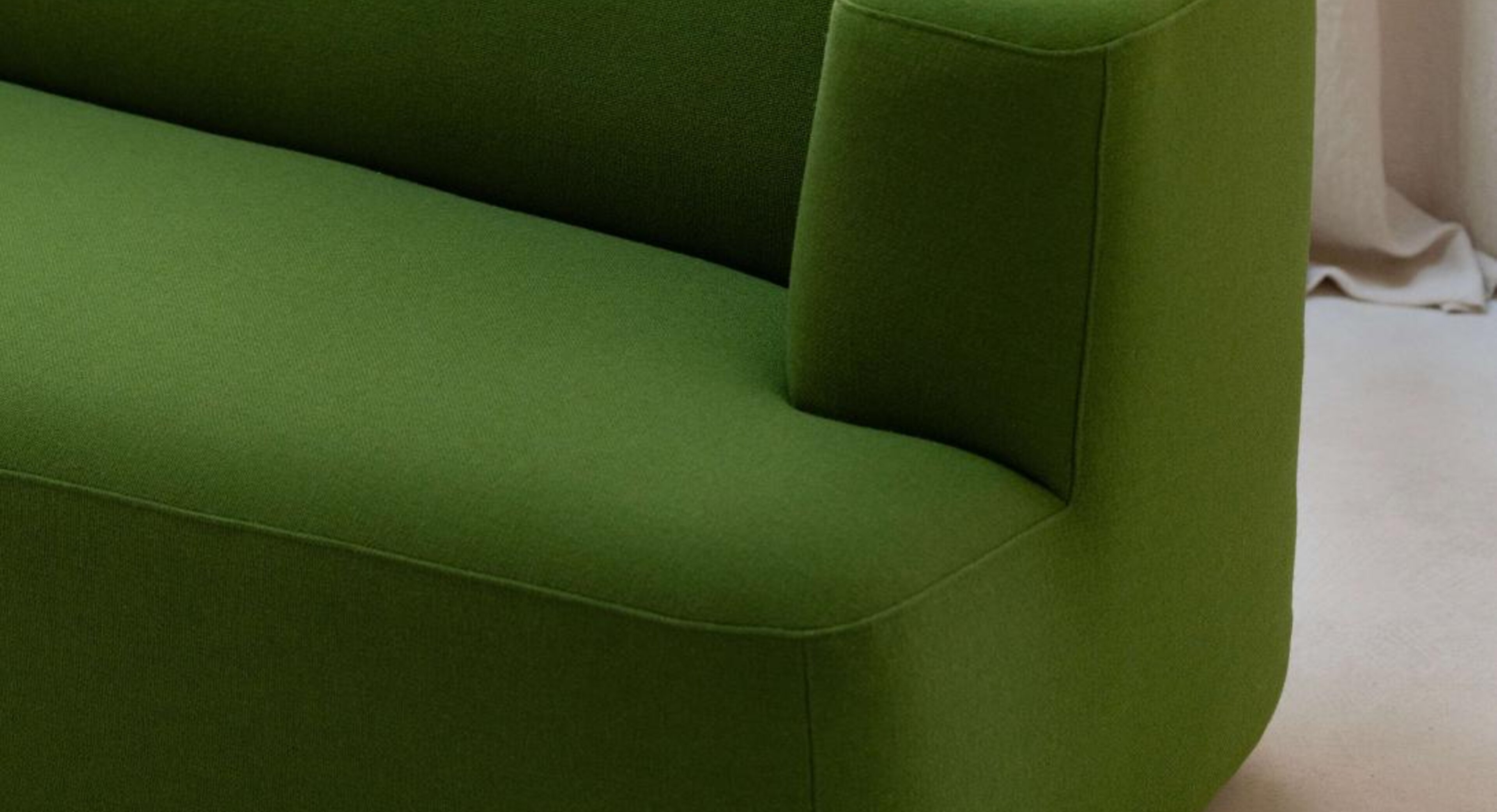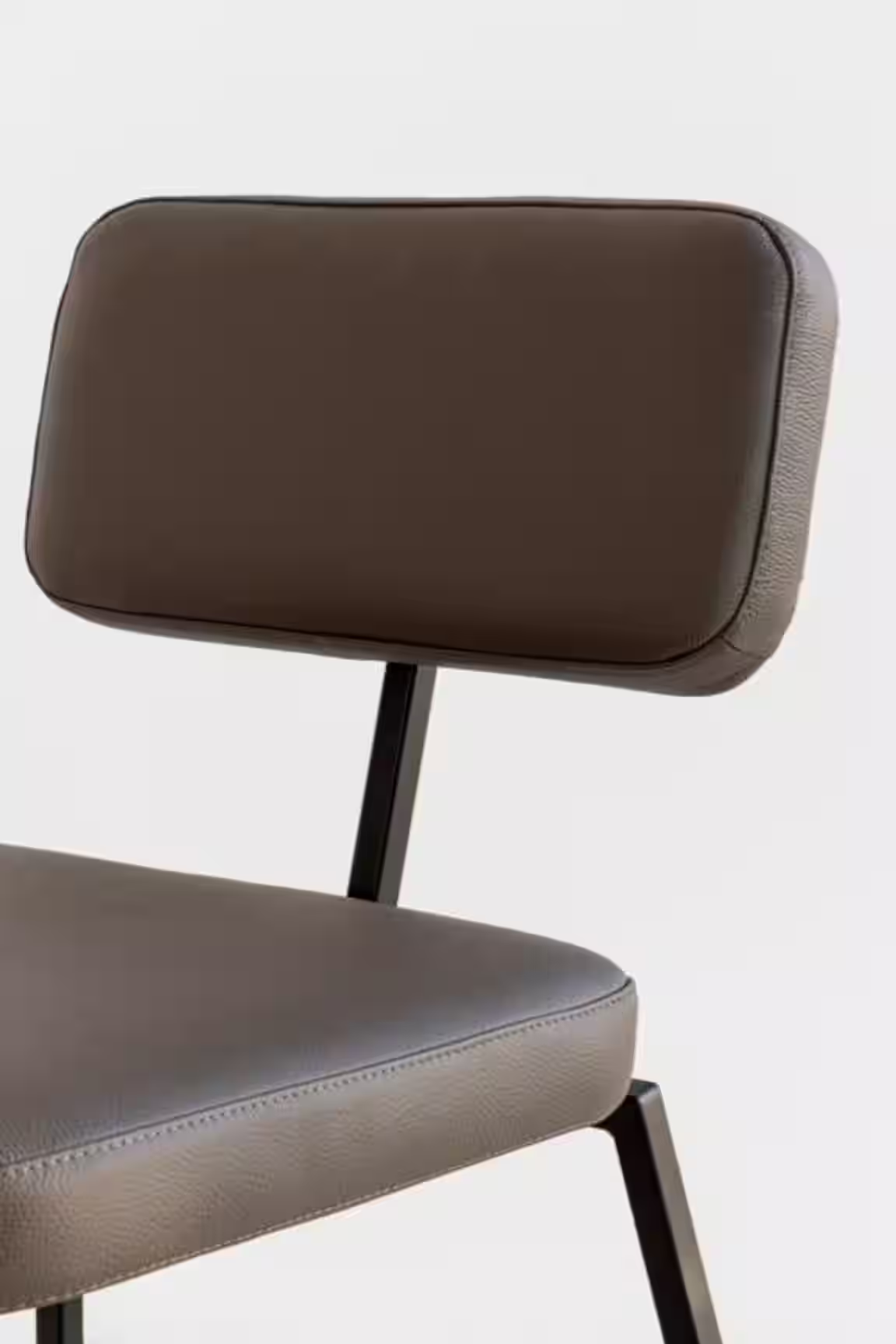General advice
Fabrics remain beautiful for a long time when properly cared for.
The lifespan of a furniture fabric depends on the type of fabric and the environment in which the furniture is placed. Consider, for example, exposure to sunlight, humidity, or intensive use. By following the correct maintenance instructions, the fabric will remain in good condition for as long as possible. Below you will find specific advice for each type of fabric.
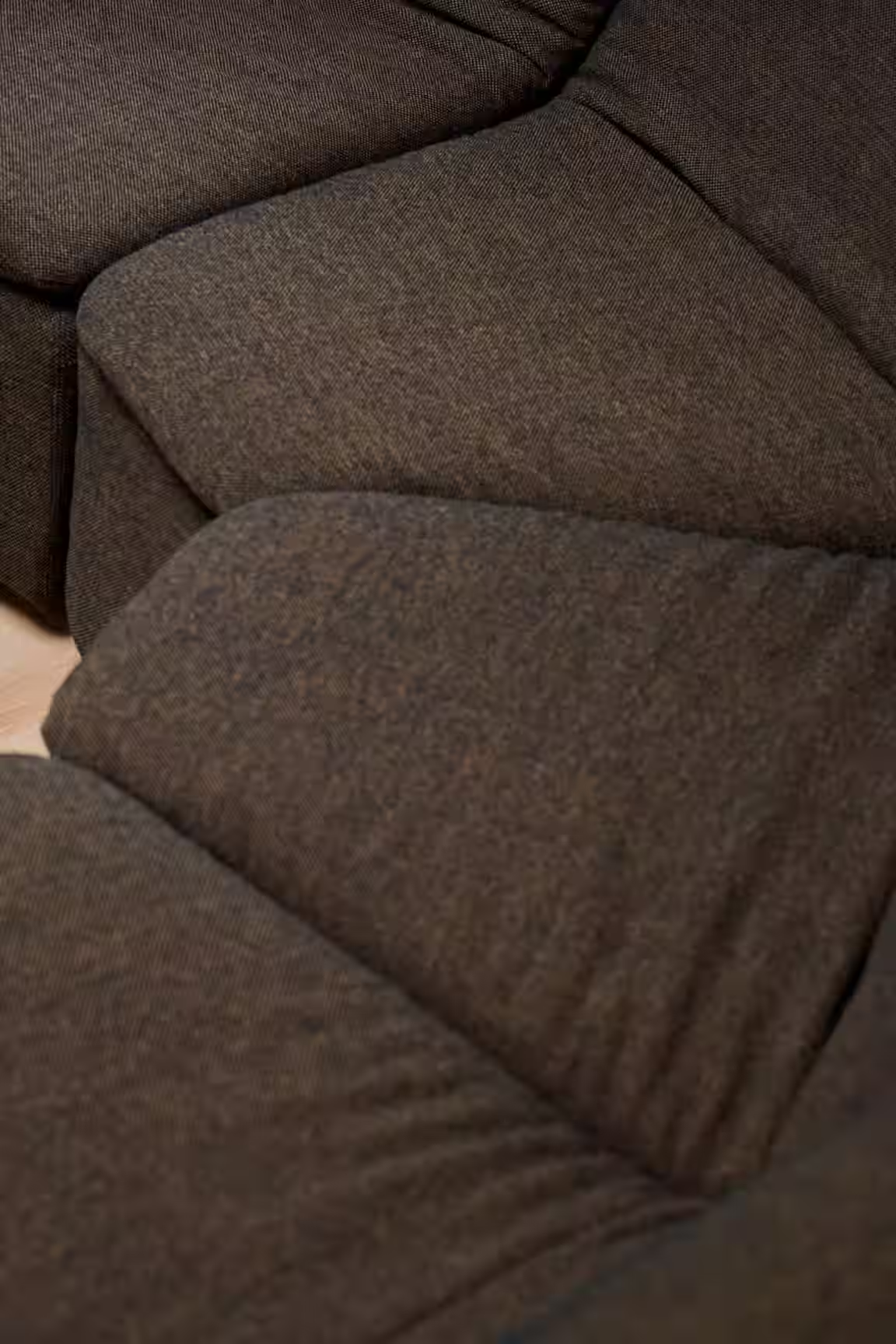
Pilling
Upholstered furniture
Pilling is the accumulation of fibres and occurs due to household dust or contact with clothing, cushions, or throws. Pilling is to be expected with normal use of furniture but can often be prevented and remedied.
Advice: Regular vacuuming of the furniture can prevent pilling. Any pilling that does occur can be removed using commercially available fabric shavers or lint removers.
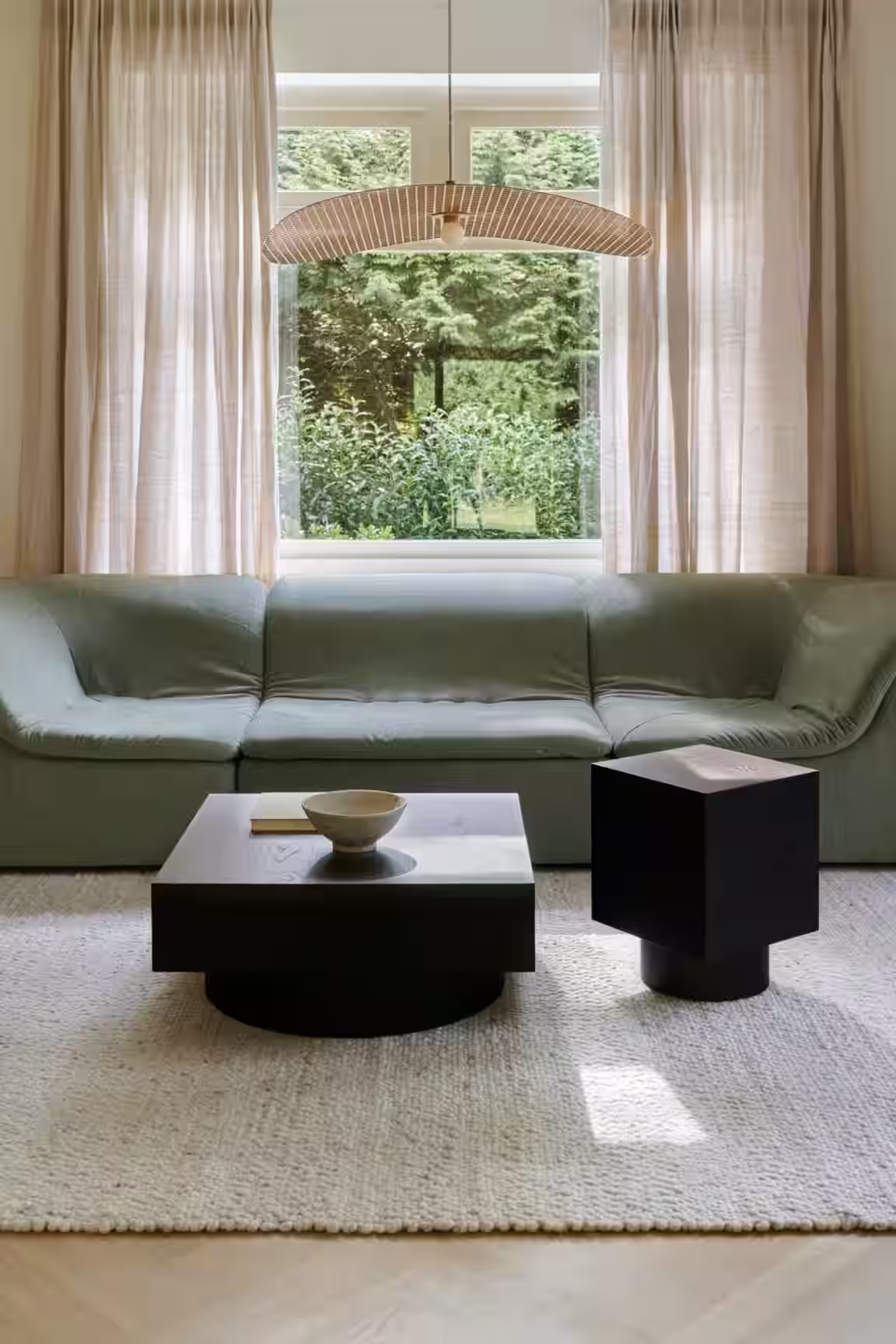
Sensitivity to moisture and light
Upholstered furniture
Upholstered furniture is sensitive to environmental factors such as light, moisture, and heat. By following the advice below, damage can be minimised.
Discolouration: Discolouration is a normal occurrence with upholstered furniture. Fabrics can fade due to exposure to daylight or sunlight and friction. The lightfastness (scoring from 1 (least resistant) to 8 (most resistant)) of the fabrics we use can be checked in our stores. Upholstery typically scores no higher than 7, so some fading will always occur.
Advice: Avoid direct sunlight or use curtains or UV filters to minimise discolouration.
Moisture and stains: Contact with liquids or oils can lead to stains or damage to the fabric.
Advice: Use impregnation agents for temporary protection and clean up any spilled liquids immediately.
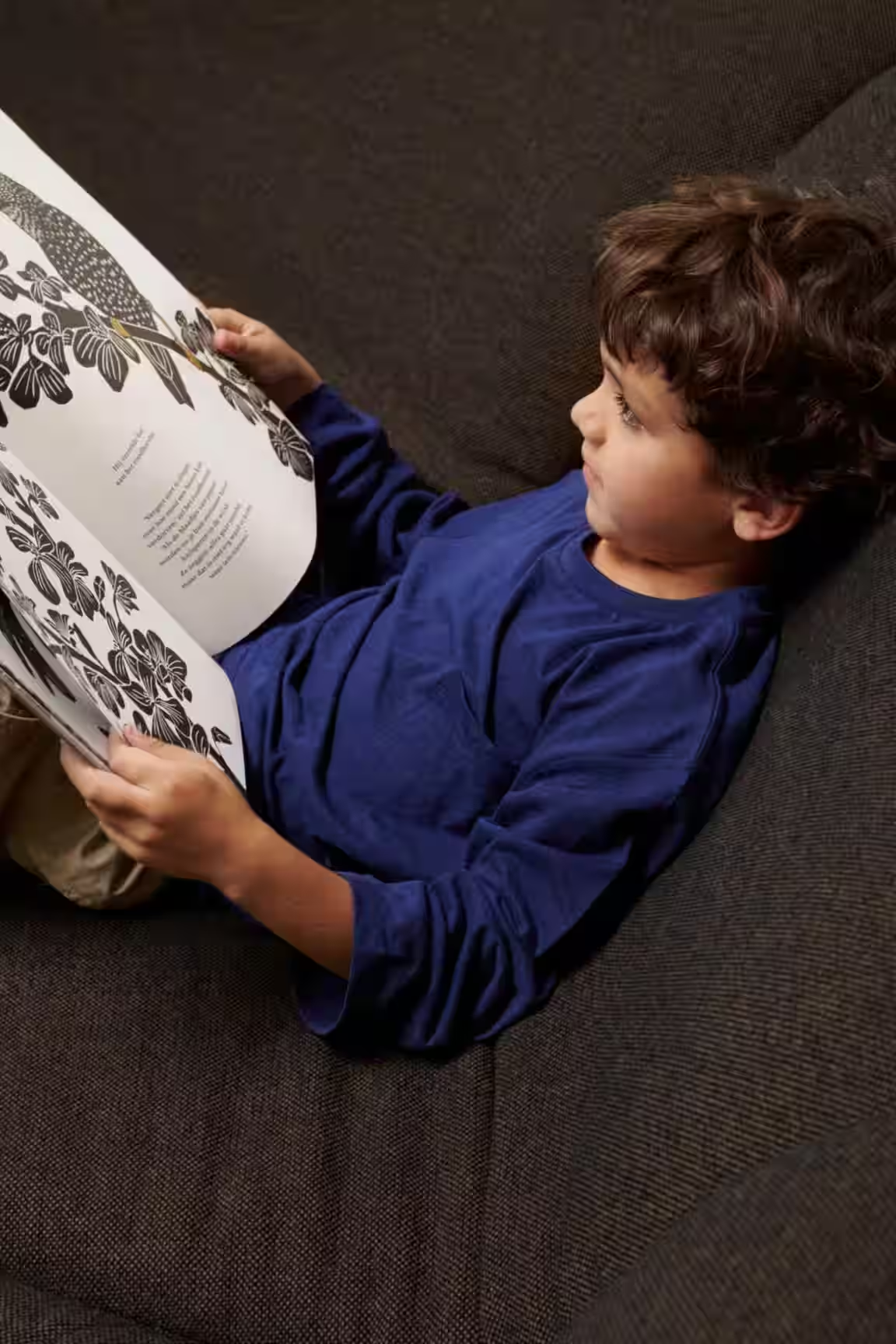
Foam and spring sagging
Upholstered furniture
Foam and filling: The furniture is filled with high-quality types of foam that provide long-lasting comfort and support. Over time, the foam may lose some of its volume due to normal use, which is inherent to the material. With intensive use, this can eventually lead to a permanent reduction of around 10 to 15%.
Advice: Smooth out the fabric after use and avoid sitting in the same spots for prolonged periods.
Springs: Studio HENK uses high-quality springs that ensure long-lasting, firm seating comfort. However, intensive use may result in slight “sagging.”
Advice: Smooth out the fabric regularly and plump the furniture, for example when you get up or while vacuuming, to help maintain the shape of the filling. In addition, avoid sitting in the same spot for extended periods and try to distribute use as evenly as possible.
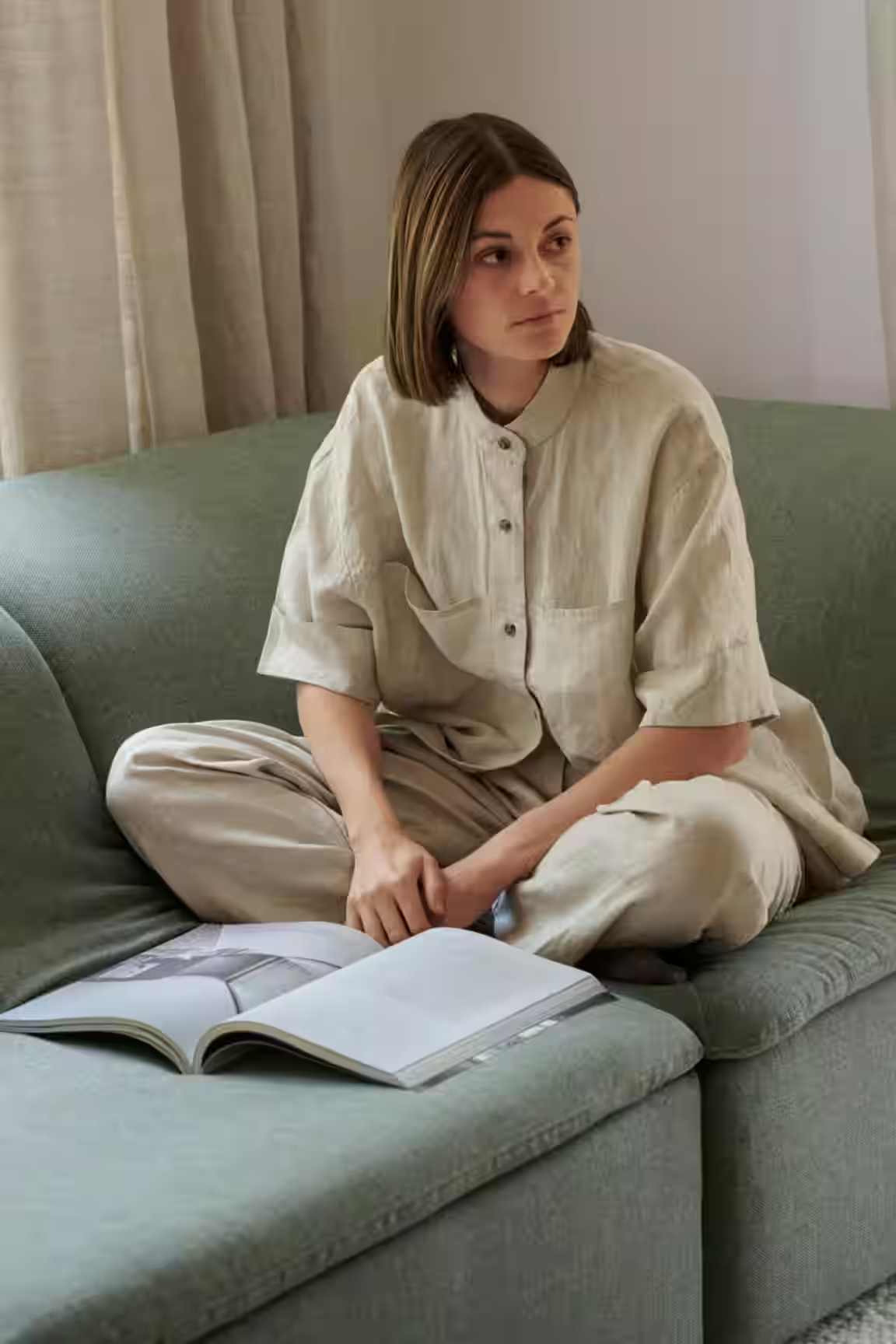
Creasing
Upholstered furniture
Studio HENK’s upholstered furniture is crafted using high-quality materials that offer comfort, aesthetic appeal and durability. However, fabrics are sensitive to external influences and will respond over time to daily use. By following the advice below, damage can be minimised.
Stretch and creasing: Fabrics naturally contain some stretch, allowing for comfort and adaptability with use. In addition, the upholstery—especially when paired with softer filling—is not tightly stretched over the furniture. This ensures the furniture remains comfortable and the fabric can handle the tension created when in use. Over-tightening could cause the fabric or seams to tear, much like with clothing.
As a result, creasing may occur, with the extent depending on the level of use and the type of fabric.
Advice: Smooth out the fabric regularly and plump the furniture, for example when you get up or while vacuuming, to help maintain the shape of the fabric. In addition, avoid sitting in the same spot for extended periods and try to distribute use as evenly as possible.
Expected wear and tear
Certain signs of use are inherent to upholstered furniture and do not constitute a defect as defined in the General Terms and Conditions. Damage caused by improper use can partly be prevented by following the above advice.
Beyond Studio HENK's influence – not a non-conformity
The following situations apply specifically to upholstered furniture:
Pilling: A normal result of use and not a defect.
Creases and foam compression: Over time, upholstery may develop light creases, and foam can soften. This is inherent to upholstered furniture.
Discolouration: Fabrics may discolour due to exposure to sunlight or friction.
Stains: Caused by spills or improper use and are not considered defects.
Improper use: Damage from sitting on non-seating parts, such as armrests or backrests, is not covered by the warranty.
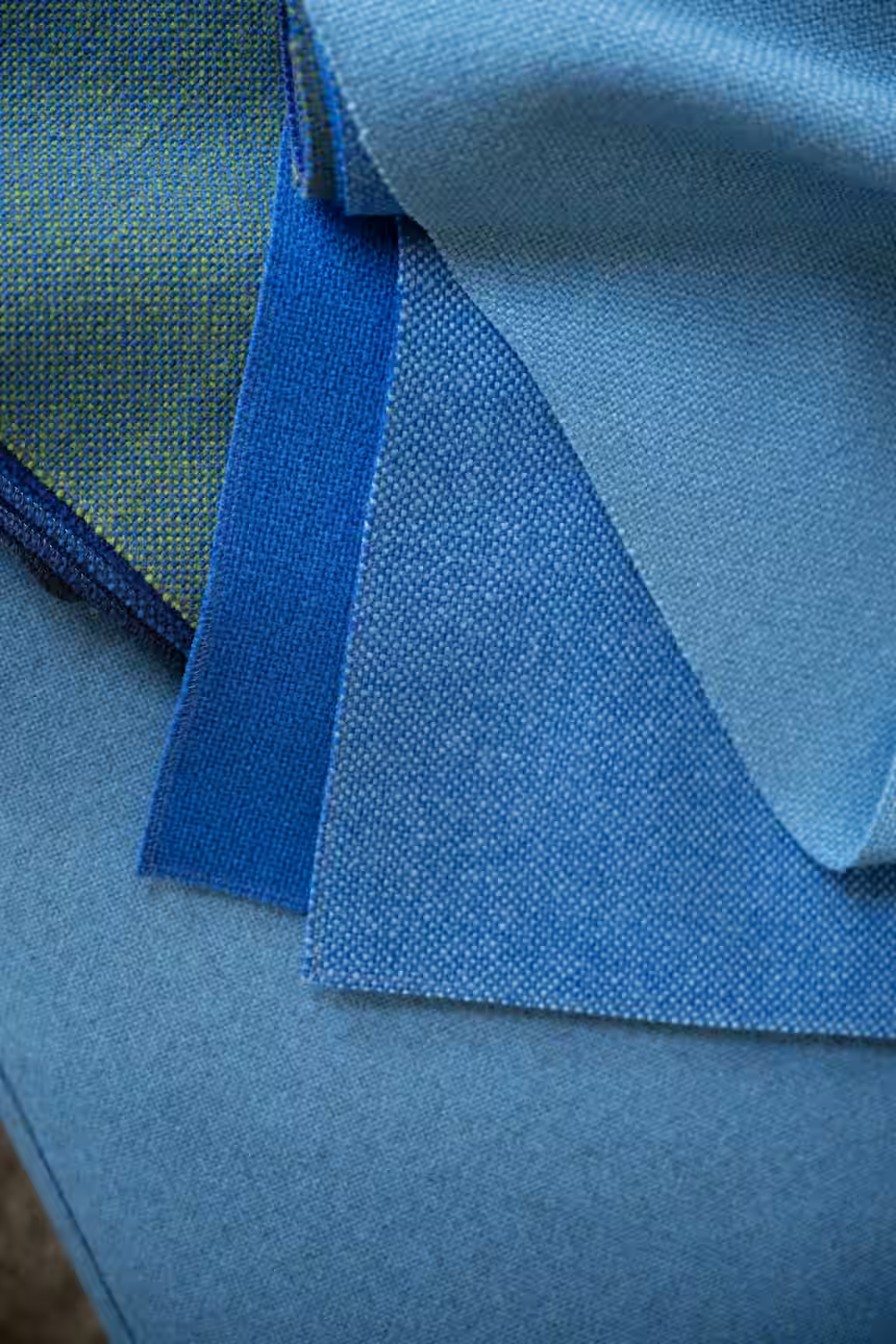
Advies wol
Maintenance
Wool is naturally dirt-repellent. We advise against impregnating it, as this may affect its natural properties. Fortunately, the outer layers of wool fibres have a certain degree of water resistance, which means moisture is less easily absorbed and (moisture) stains can be removed with ease. For detailed care instructions and help with stains, we recommend visiting the website of our partner LCK.
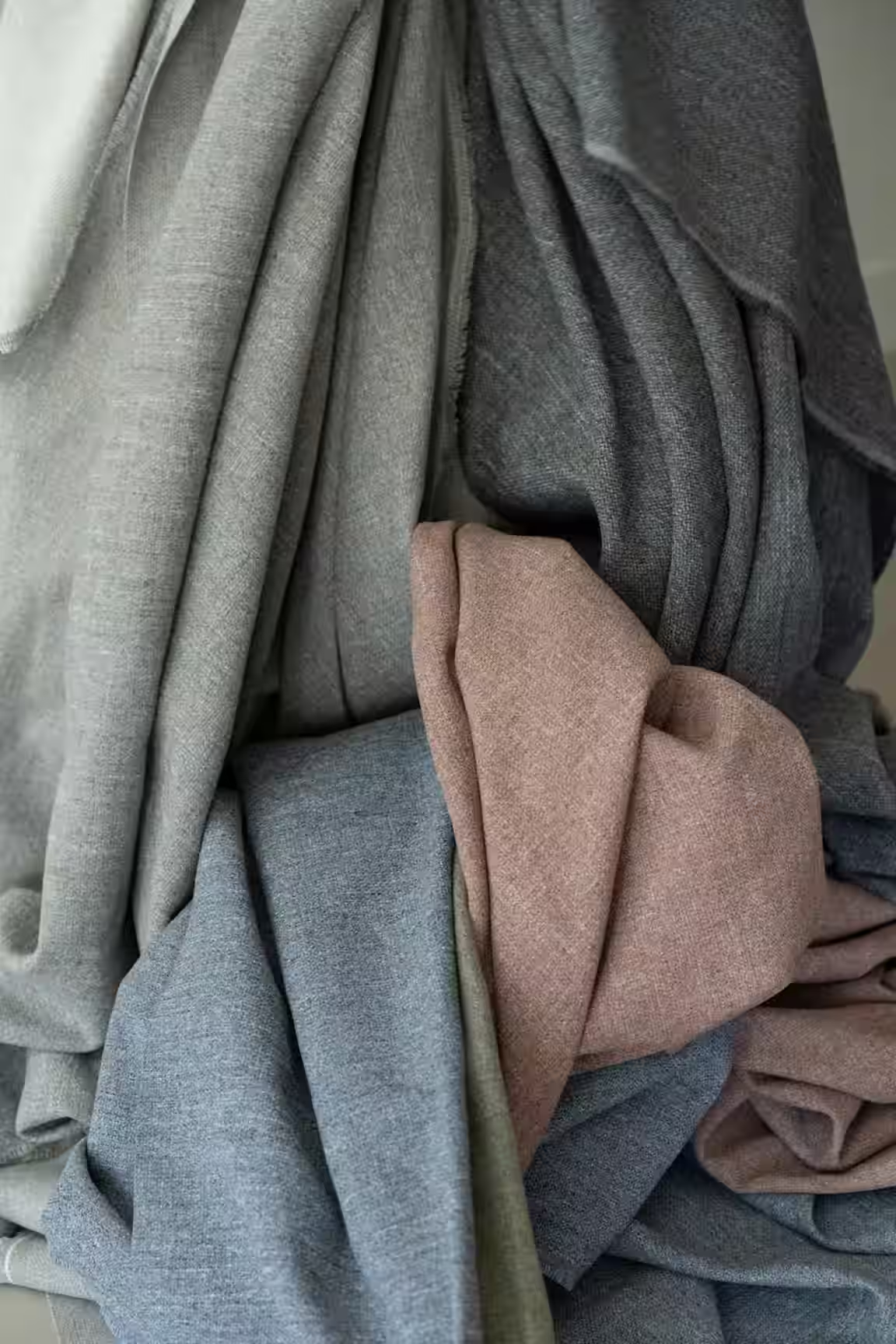
Advice synthetic
Maintenance
Synthetic fabrics are made from artificial materials that mimic natural fibres. Unlike wool fabrics, they are not naturally dirt- and water-repellent. It is therefore advisable to impregnate the furniture.
General maintenance advice for synthetic upholstery fabrics is to dust the fabric regularly, preferably once a week.
Specific care instructions for each fabric can be found on the website of our partner LCK:
